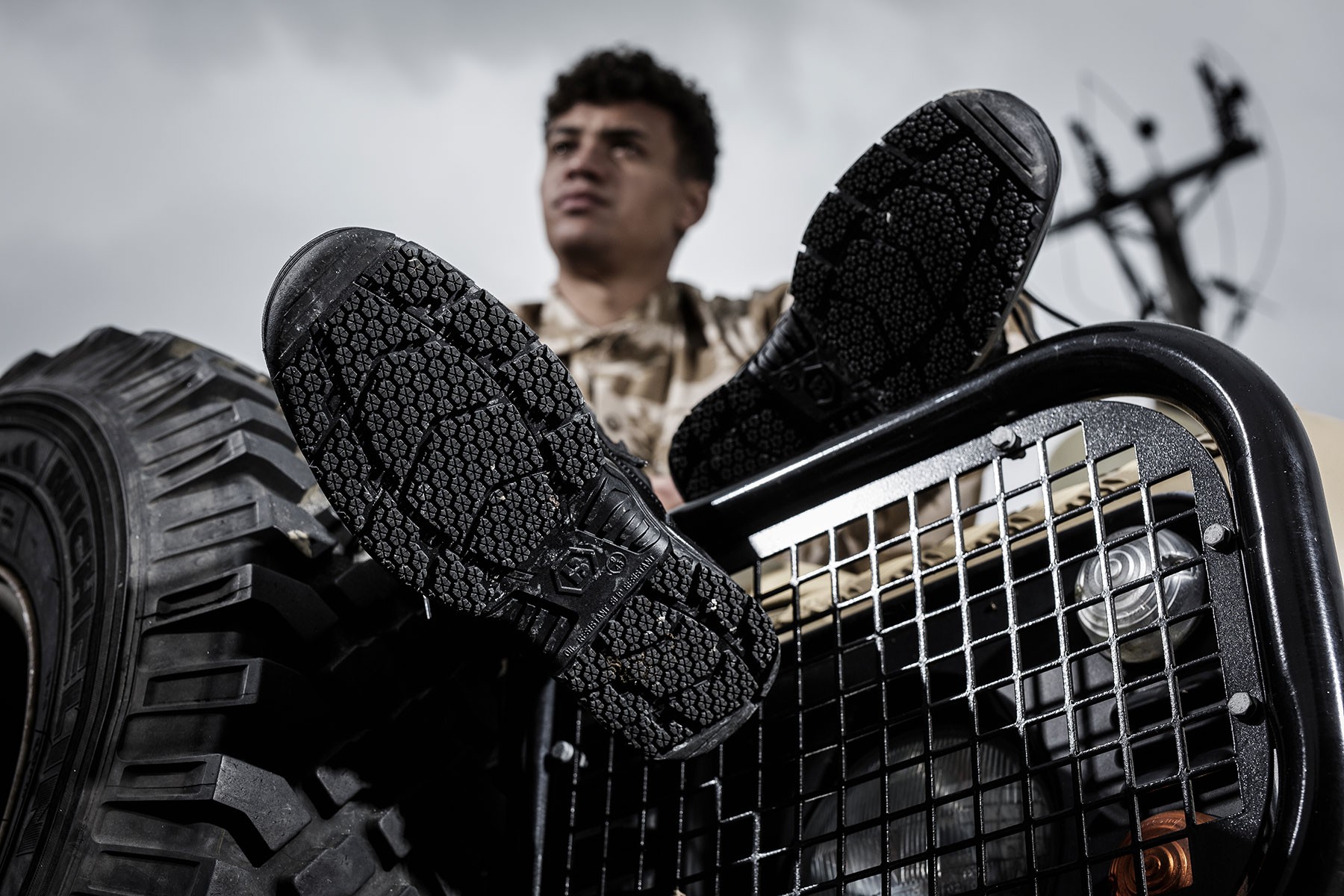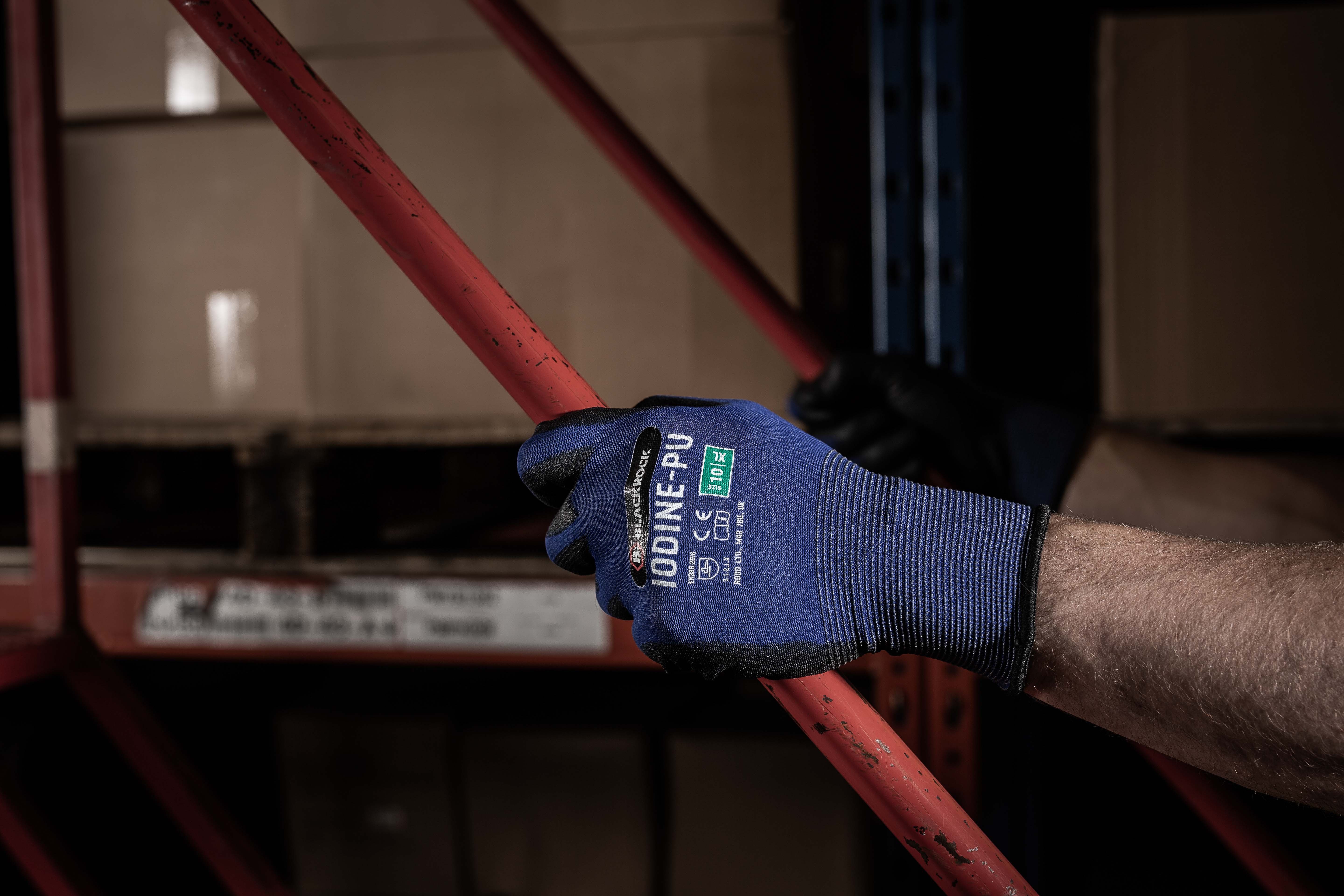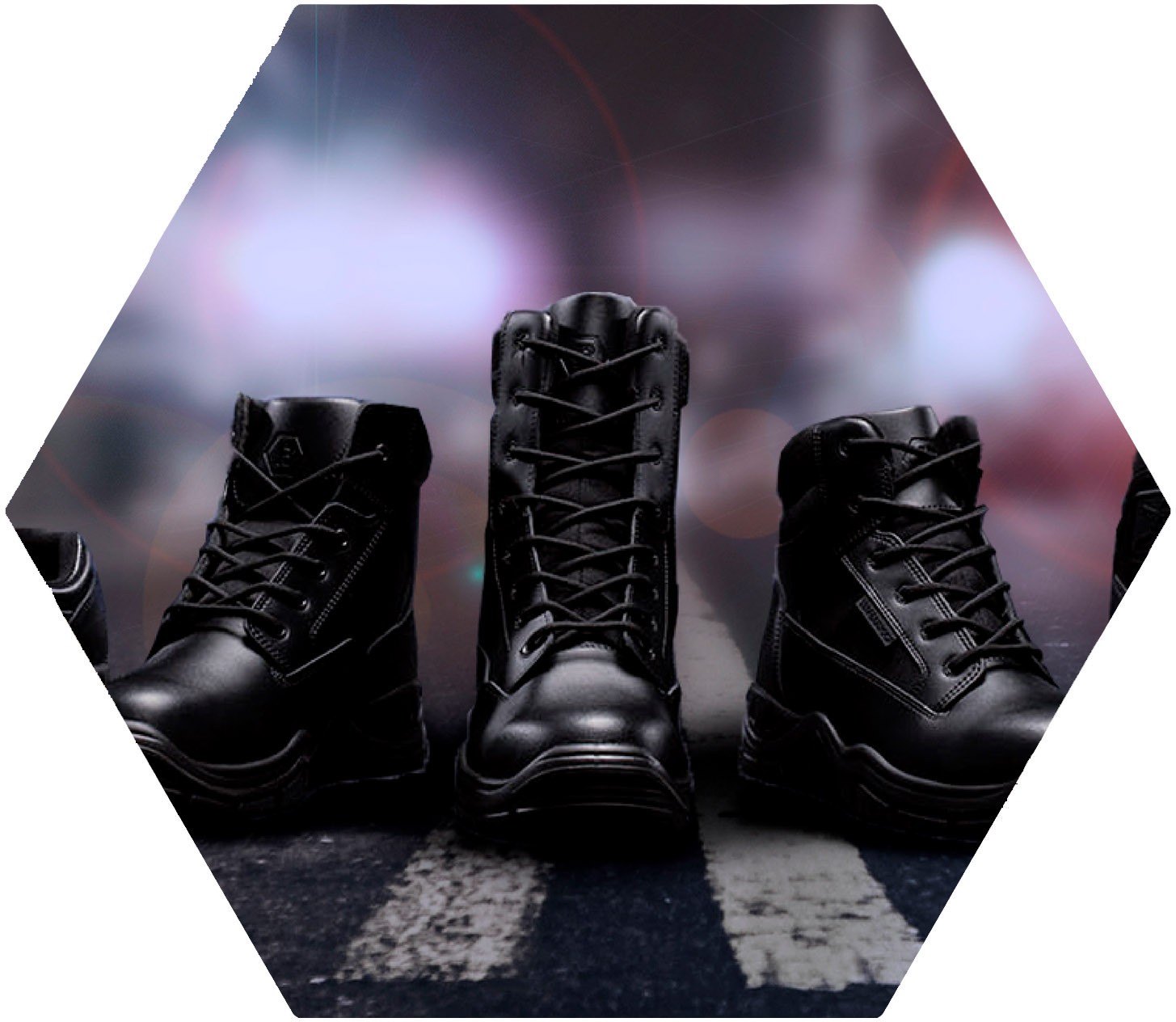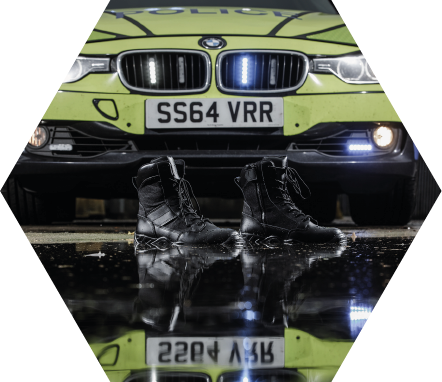ALL Gloves

| 24 April 2024
Some simple and effective ways of checking your safety footwear is still fit for purpose.

From both a comfort and protective viewpoint, your current, frequently used safety footwear may have proved more than adequate in the time you have worn them.
But even if that is the case, it’s worth ensuring that any of those elements which enable your footwear to function from a safety point of view haven’t been compromised.
With that in mind, here are five pointers to look out for with safety footwear and whether what you’re currently decked out in is fit for purpose.
For starters, you need to avoid the immense frustration of purchasing a pair of legit-looking safety footwear which don’t actually conform with the legal safety standards, however professional and genuine they appear to look.
When assessing whether your product is legitimate, you need to follow this simple piece of advice - all safety footwear needs to align with EU and UK standards, regardless of what it says on the box.
And while it isn’t exactly easy to unearth this information prior to purchase – an authentic, traceable company address in the tongue label is the clear indicator – it’s important that what you’re wearing is above board from a legal point of view.

This may seem screamingly obvious, but safety footwear is put through the wringer in a way normal footwear isn’t. If you begin to see any notable signs of damage to your safety footwear, it’s worth having a thorough inspection to determine if they need replacing.
Any visible tears or cracks could compromise the safety and functionality of the footwear and might indicate that it’s time to purchase a new pair.
Lastly, it’s important to note that if the toe cap area of your shoe has been met with any heavy impact, a replacement shoe may be required.
It could be that the shoe is now potentially unable to meet the minimum safety requirements, if a similarly weighty object were to be dropped again in that area of the shoe where the initial accident had taken place.
Obviously, we’re not talking about some stray hand tool which has gently bounced off your toe. It would have to be an object of considerable heft to cause a significant impact, but it’s certainly important to consider if the structural safety of the toe cap area has been compromised.

Another area where you need to be vigilant is the appearance of any visible distress to the outsole, particularly when it comes to treads being severely worn down.
Slips are up there as one of the leading instigators of workplace injuries, so it’s imperative that the safety footwear you’re wearing isn’t leaving you at considerable risk of slipping on wet or uneven surfaces.
We’ve tried to accommodate this potential hazard in our tactical footwear range, which has been awarded a 4-star GRIP rating from the recognised safety scheme implemented by HSE.
While this might offer some peace of mind for those in that industry, even the most rigorous and reliable soles are not exempt from repeated workplace wear and tear.

Fundamentally, you need to feel comfortable with what you’re wearing in the workplace. If your role is more active in nature, it’s even more essential that what you’re wearing supports the natural movement of your feet.
If you have safety shoes on which aren’t equipped ergonomically to handle the impact of pounding the pavement daily, you are ultimately opening yourself up to any number of foot ailments.
Some of these could lead to more pronounced issues like heel spur or even bone deformity in extreme circumstances. The fact of the matter is poor support will most likely bring premature pain and discomfort if you haven’t taken care in chosen adequate safety footwear.

We’re all painfully aware of just how wet it can get in the UK. If you’re having to fight these external weather elements day-to-day in your profession – trudging around a muddy, water-logged building site, for example - the water-resistant properties of shoes are liable to diminish sooner than you’d prefer.
If the waterproof shoes you’re wearing are now letting in moisture and your feet are now visibly wet after your day at work, it's undoubtedly time for a replacement.
Equally, if you’ve been in hot working conditions, this might be causing an unpleasant odour when you take off your shoes. Bad smells could be an indication that a build-up of bacteria or fungi is lodged within your safety footwear. If you’re unable to eliminate this - despite vigorously cleaning - a new pair may be required.

Editorial | 20 December 2021
Over the last year you may have seen the phrase ‘tactical footwear’ mentioned by us. But what is tactical footwear?
READ POST
| 29 January 2024
Having appropriate and legitimate safety footwear is more important than ever.
READ POST
| 17 August 2023
Here's a brief overview on the latest update of safety footwear standards.
READ POST
| 25 July 2023
With safety trainers, having to sacrifice style for the sake of safety is no longer a requirement.
READ POST
| 12 May 2023
We look at some of the misconceptions surrounding cut resistant gloves and the correct way they should be used.
READ POST
| 05 April 2023
We answer some of those questions you may have been faced with when having to choose safety footwear.
READ POST
| 23 January 2023
Footwear comfort is heavily affected by the type of protective midsole you have. Which is the best for you?
READ POST
| 06 June 2022
Work gloves shouldn’t be complicated. So what does PU, FN, LC etc mean?
READ POST
Editorial | 10 March 2021
Find out more about the newest additions to the Blackrock footwear range
READ POST
Editorial | 20 October 2021
We look at how the Tactical Footwear range stacks up against real world use by members of the police.
READ POST